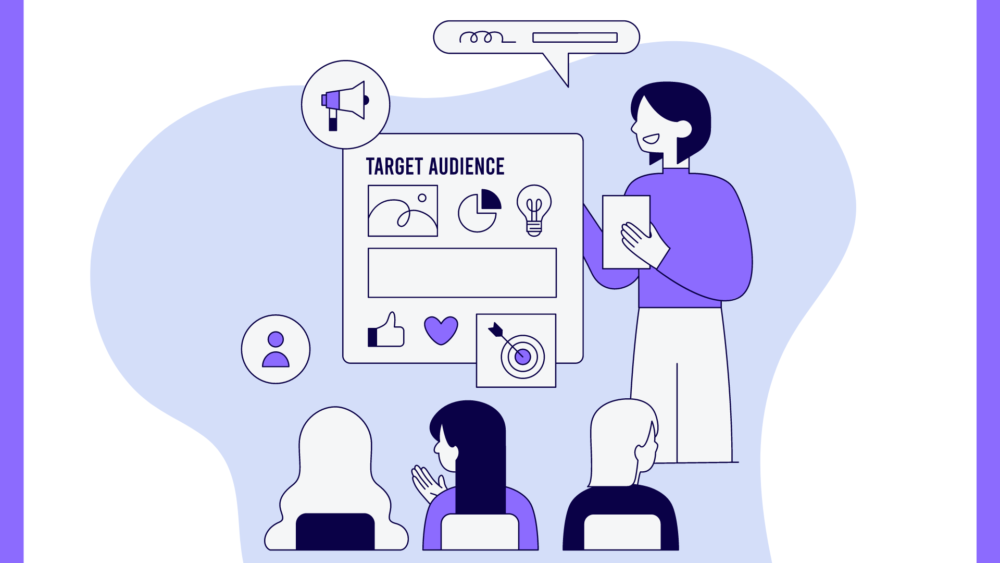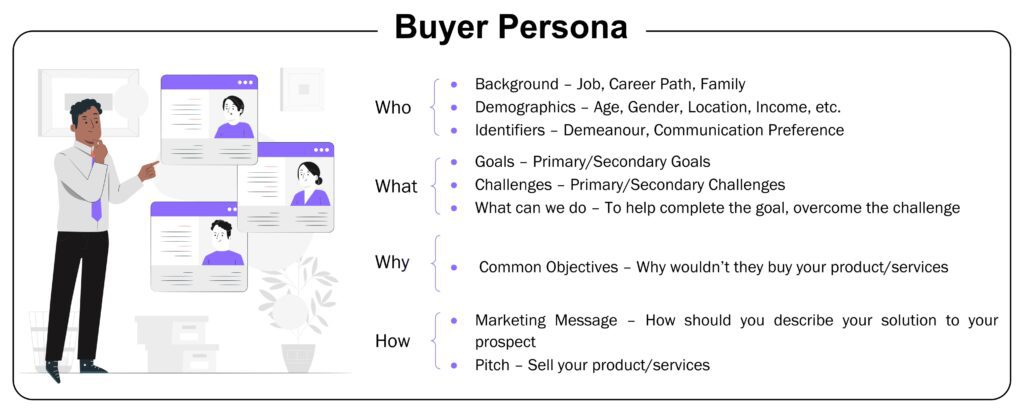2025 marks a turning point for Social Media, where creativity, agility, and technology are reshaping how brands connect with their audiences. No longer is success measured by simply keeping pace with fleeting trends; today’s top performing organizations are rewriting the rules entirely. With social listening at the heart of strategy, AI as an essential thought partner, and bold experimentation driving engagement, businesses are finding new ways to spark conversations, build trust, and deliver real business impact.
This article explores the most significant social media trends defining 2025 and how brands can embrace them to stay relevant, relatable, and results-driven.
Creative Disruption: Brands Break Consistency Rules
- Brands are abandoning rigid brand consistency to push creativity.
- 81% to 100% of content from “Creative Risk Takers” focuses on entertaining, educating, or informing not promoting.
- Social is now a playground for bold, distinct personalities, even ones that differ from the brand’s traditional image.
- Example: Hever Castle & RSPB show vastly different social content vs. their websites.
Takeaway: Brands willing to experiment creatively on social see stronger audience connections and business impact.
Outbound Engagement: Brands Jump into Creator Conversations
- Brands increasingly comment on creators’ posts to gain visibility.
- Mid-length (10–99 character) comments within 24 hours of posting perform best.
- Nano and micro-influencers (1k–50k followers) offer high response rates.
- Example: Mastercard uses outbound comments to align with their “Priceless” campaign moments.
Takeaway: Smart, timely, authentic comments in relevant creator spaces can expand audience reach significantly.
Social Performance: Listening Drives Measurable ROI
- Social listening is the key to proving ROI.
- 62% of marketers use social listening, reporting higher confidence in ROI across all major platforms.
- Social listening identifies: Market gaps, Competitor weaknesses, Product opportunities, Crisis moments
- Example: Grand Canyon University used listening to improve campus dining and enrollment marketing.
Micro-Virality: The Shift from Broad Trends to Niche Wins
- “Going viral” is now seen as overhyped; brands chase tailored, community level virality.
- Social listening helps brands: Analyze trend lifespan, Assess alignment with brand goals, Understand audience sentiment
- Example: Georgia State University uses listening to create student led trends that naturally amplify brand awareness.
Takeaway: Small scale, community relevant trends outperform mass “trendjacking.”
AI Content Creation: From Experiment to Essential
- Generative AI is fully integrated into content workflows.
- 83% of marketers say AI helps produce more content efficiently.
- AI assists with: Text & image creation, Ideation, Editing & repurposing content
- Even heavily regulated industries like finance & healthcare now rely on AI.
- Example: Druva uses AI to help a one-person social team stay agile.
Takeaway: AI isn’t optional it’s essential to meet content demands and stay competitive.
AI Strategy: AI Becomes a Thought Partner
- AI is no longer limited to execution strategists use it for: Brainstorming, Campaign planning, Competitor analysis
- Social teams updating strategy frequently (weekly/monthly) use AI the most.
- Example: Hootsuite’s leadership uses AI to summarize meetings and draft briefs.
Takeaway: AI boosts strategic agility, helping teams adapt faster and uncover new opportunities.
Practical Recommendations
✔ Ditch strict brand consistency in favor of platform native creativity.
✔ Train AI tools with your style guide for authentic content output.
✔ Engage creators’ comment sections with relevance, value, and timing.
✔ Use social listening as your central tool for trends, competitor intel, and crisis management.
✔ Aim for “Micro Virality” tailored to your niche audience, not broad trend chasing.
✔ Make AI fluency a must have skill for your social media hires.
✔ Blend AI with human oversight; AI for speed, humans for nuance.
Reference: Hootsuite Social Media Report 2025






